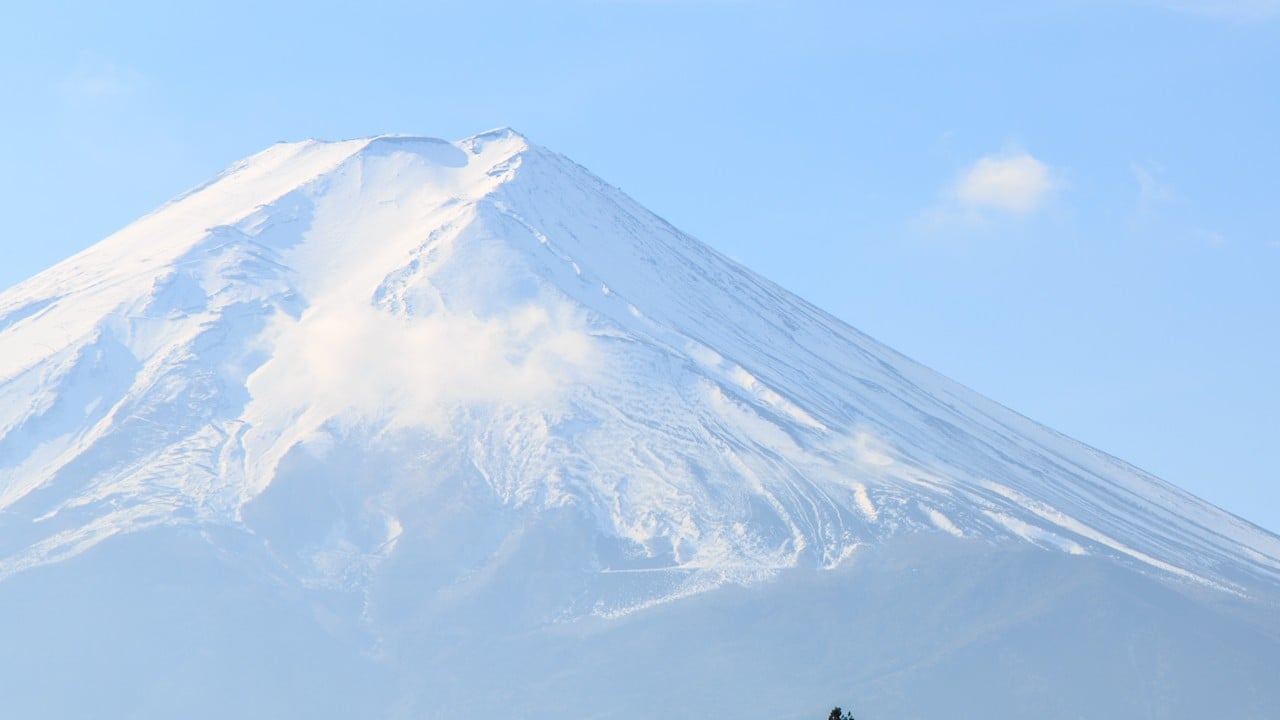The summer climbing season started on July 1 on the Yamanashi prefecture side of the mountain, which has the popular Yoshida trail to the peak, and on July 10 on the Shizuoka prefecture flank, which has the Fujinomiya, Subashiri and Gotenba routes.

In the summer of 2023, a total of 221,000 people climbed the mountain, around 140,000 of whom used the Yoshida trail.
This year, two hikers died on the Yamanashi side and four in Shizuoka, local police said. The six deaths surpassed the four who died in last summer’s climbing season, which closes in September for all routes.
Local police told the Asahi newspaper that all six fatalities this year were men aged between 50 and 70. It is believed the men succumbed to altitude sickness exacerbated by the cold, which led to cerebral and pulmonary oedema, or a gradual build-up of fluid in the brain and lungs.
“Many people want to climb Mount Fuji – both Japanese and foreign visitors – because it is so famous and because it is relatively easy,” said Aya Ichikawa, an official of the tourism division of Fuji City, which has been tasked with monitoring hiking on the Shizuoka side of the mountain.
This summer, as many as 20 per cent of the people ascending the peak were foreign tourists, but overcrowding of the trails has caused problems, Ichikawa said.

Prefectural authorities have introduced a registration scheme this summer that requires anyone planning a climb on the peak to register in advance, with gates installed on the route to allow the prefecture to cap the number of hikers. Yamanashi prefecture aims to limit the numbers by imposing a 2,000 yen (US$13.62) entry toll on climbers.
“The biggest problem is that there are too many people climbing each day and many of them do not reserve mountain huts,” Ichikawa said.
To complete an ascent and descent in as short a time as possible, many people attempt what is known as a night-time “bullet climb” – not stopping at any of the huts on the paths leading up to Mount Fuji for a break. While such an ascent might be faster with climbers hoping to time it to watch the sunrise at the peak, their bodies would not be able to acclimatise to the altitude, and it could be dangerous, Ichikawa said.
“We know that the six men who died were at or very close to the top of the mountain and were likely to have been affected by the altitude and the cold,” she said. “That is why we are trying to stop ‘bullet climbing’ and encourage people to rest at the mountain huts to acclimatise.”
A website has been set up to provide information on weather conditions, route congestion and advice for climbers on suitable clothing and other necessary equipment.
In response to the recent fatalities, national broadcaster NHK on Monday published the website link. It also advised climbers to be prepared for volatile weather conditions and temperatures that could reach below zero at the peak even in summer, and to bring proper equipment, including hiking boots and helmets.
“Climbing Mount Fuji is on the bucket list of a lot of people who come to Japan, but it would be a huge mistake to underestimate the mountain,” said Christie.
“I would suggest that anyone planning an ascent go with registered and experienced guides, to heed their instructions on equipment, the pace that you climb at and to be alert to anyone in the group who does not feel well or is displaying signs of illness,” he added.
“Mount Fuji is a serious mountain, and it cannot be taken lightly.”


